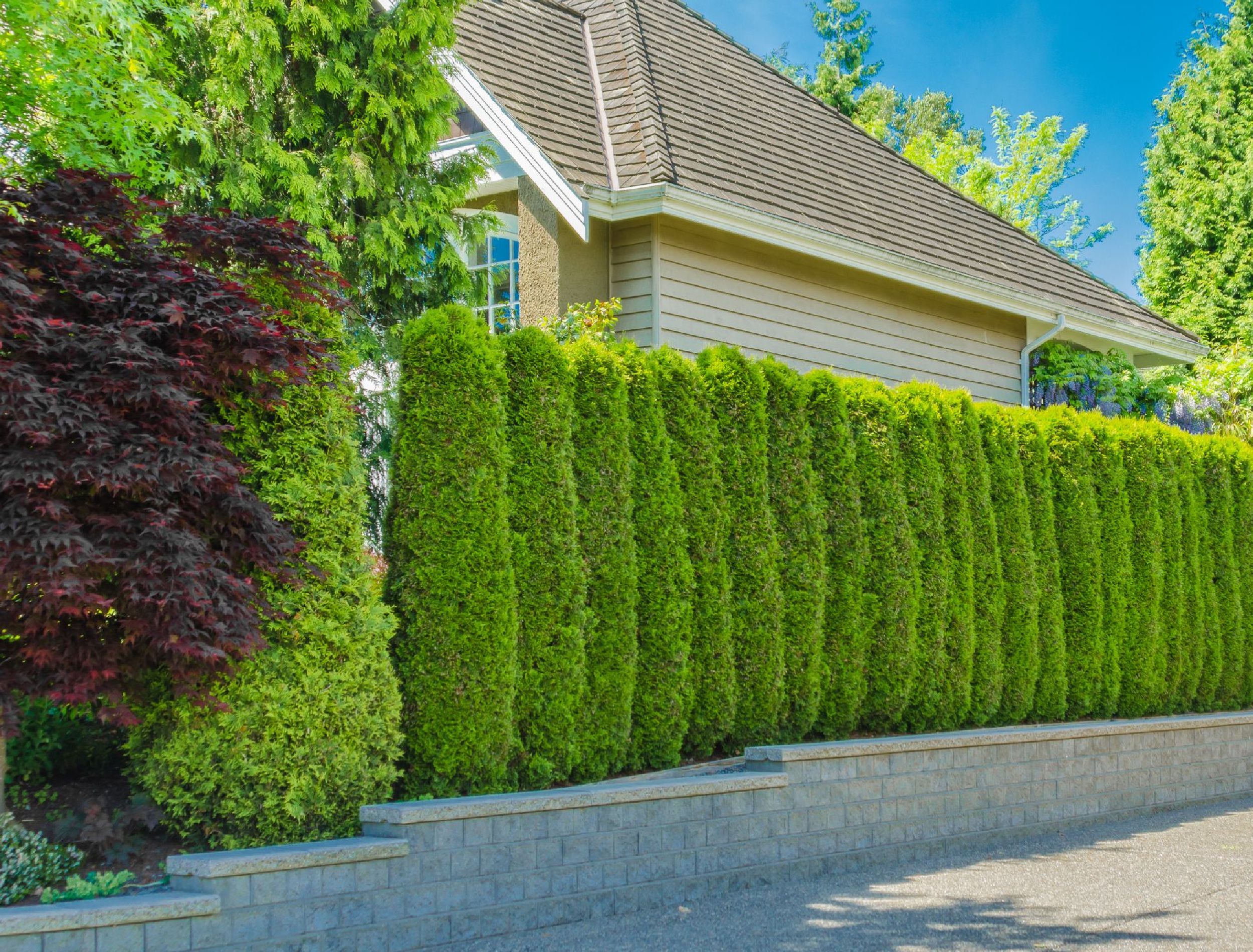Design And Build Your Own Living Fence

Table of Contents
Planning Your Living Fence: Choosing the Right Plants and Location
Selecting the right plants is paramount to the success of your living fence project. Choosing plants suited to your specific climate and soil conditions is key to a thriving, beautiful, and long-lasting green fence. Consider these crucial factors when choosing your living fence plants:
- Climate and Soil Conditions: Your local climate dictates which plants will thrive. Consider average rainfall, temperature extremes, and soil type (clay, sandy, loam). A soil test can provide valuable insights into your soil's pH and nutrient levels.
- Desired Height and Density: How tall and dense do you want your living fence to be? This will influence plant selection. For a tall, dense privacy fence, you'll need fast-growing plants. For a shorter, more open screen, smaller shrubs might suffice.
- Maintenance Requirements: Some plants require more pruning, watering, and fertilization than others. Consider your time commitment and choose accordingly. Low-maintenance plants are ideal for busy lifestyles.
- Sunlight Exposure: The amount of sunlight your chosen location receives directly impacts plant health. Select sun-loving plants for sunny areas and shade-tolerant options for shadier spots.
- Mature Size: Ensure you select plants whose mature size is appropriate for the space. Overcrowding can lead to stunted growth and disease.
Examples of Suitable Living Fence Plants:
Here are some excellent choices for different climates, keeping in mind that ideal plant choices are very location-specific. Always consult with your local nursery for the best options in your area.
- For temperate climates: Leyland Cypress (Cupressocyparis leylandii), Arborvitae (Thuja spp.), Holly (Ilex spp.) – excellent for tall privacy screens.
- For dry climates: Bougainvillea (Bougainvillea spp.), Privet (Ligustrum spp.), Lavender (Lavandula spp.) – drought-tolerant and aesthetically pleasing.
- For colder climates: Spruce (Picea spp.), Juniper (Juniperus spp.), Hawthorn (Crataegus spp.) – hardy and cold-resistant.
Remember to consider the pros and cons of thorny versus non-thorny plants, and evergreen versus deciduous options based on your needs and aesthetic preferences. Thorny plants offer excellent security, while deciduous plants provide seasonal colour changes.
Designing Your Living Fence: Layout and Structure
The layout of your living fence significantly impacts its overall aesthetic and functionality. Consider these design aspects:
- Straight Lines vs. Curved Lines: Straight lines provide a formal, structured look, while curved lines create a more natural, flowing aesthetic.
- Single Row vs. Double Row Planting: A single row is simpler to plant and maintain, while a double row provides denser coverage and improved privacy.
- Integrating Other Landscape Elements: Incorporate pathways, seating areas, or water features to enhance the overall design and create a cohesive landscape.
- Height and Texture Variations: Create visual interest by planting different heights and textures of plants, layering plants to create depth.
- Support Structures: For taller plants, support structures like posts, wires, or trellises are necessary to help them grow straight and strong.
Planning Your Layout:
- Measure the area where you plan to install your living fence.
- Sketch your design on paper or use landscaping software.
- Determine the number of plants you need based on the spacing recommendations for your chosen species.
- Mark the planting locations with stakes or flags.
Building Your Living Fence: Planting and Maintenance
Planting and maintaining your living fence requires careful attention to detail. Follow these steps for successful installation:
- Preparing the Soil: Till the soil to a depth of 12-18 inches, removing rocks and weeds. Amend the soil with compost or other organic matter to improve drainage and fertility.
- Digging Holes: Dig holes slightly larger than the root ball of your plants and spaced according to the plant's specifications.
- Planting: Carefully remove the plants from their containers, gently loosen the roots, and plant them at the same depth as they were in the containers.
- Watering and Mulching: Water thoroughly after planting and apply a layer of mulch to retain moisture and suppress weeds.
Ongoing Maintenance:
Regular watering, especially during dry periods, is crucial. Pruning helps maintain the shape and density of the fence. Fertilizing provides essential nutrients, and pest and disease control prevents problems.
Essential Tools and Materials:
- Shovel
- Garden trowel
- Watering can or hose
- Mulch
- Fertilizer
- Pruning shears
- Plant supports (if needed)
Timeline for Growth and Maturity: The time it takes for your living fence to reach its mature height and density depends on the plant species. Consult your plant tags or nursery for specific growth rates. Expect several years for a fully established living fence.
Conclusion
A living fence offers a multitude of benefits: it's environmentally friendly, cost-effective compared to traditional fencing in the long run, enhances privacy, increases your property value, and adds undeniable aesthetic appeal to your landscape. Creating a living fence is a rewarding project that allows you to connect with nature while beautifying your home. Start your living fence project now! Design your dream living fence, and explore the beauty of a living fence today. For more resources and inspiration, explore our related articles and links to reputable plant nurseries.

Featured Posts
-
 Rp 84 Miliar Gugatan Pembeli Nft Nike Atas Kerugian
May 29, 2025
Rp 84 Miliar Gugatan Pembeli Nft Nike Atas Kerugian
May 29, 2025 -
 Liverpool Legends Squad Confirmed For Anfield Charity Match
May 29, 2025
Liverpool Legends Squad Confirmed For Anfield Charity Match
May 29, 2025 -
 Bayrn Mywnkh Ywajh Brshlwnt Fy Sbaq Alteaqd Me Laeb Jdyd
May 29, 2025
Bayrn Mywnkh Ywajh Brshlwnt Fy Sbaq Alteaqd Me Laeb Jdyd
May 29, 2025 -
 Real Madrid Golazo Cronica Y Reaccion Inmediata Al 0 2 Contra Sevilla
May 29, 2025
Real Madrid Golazo Cronica Y Reaccion Inmediata Al 0 2 Contra Sevilla
May 29, 2025 -
 Discover The Next Big Latin Artists Beyond Jacqie Rivera
May 29, 2025
Discover The Next Big Latin Artists Beyond Jacqie Rivera
May 29, 2025
